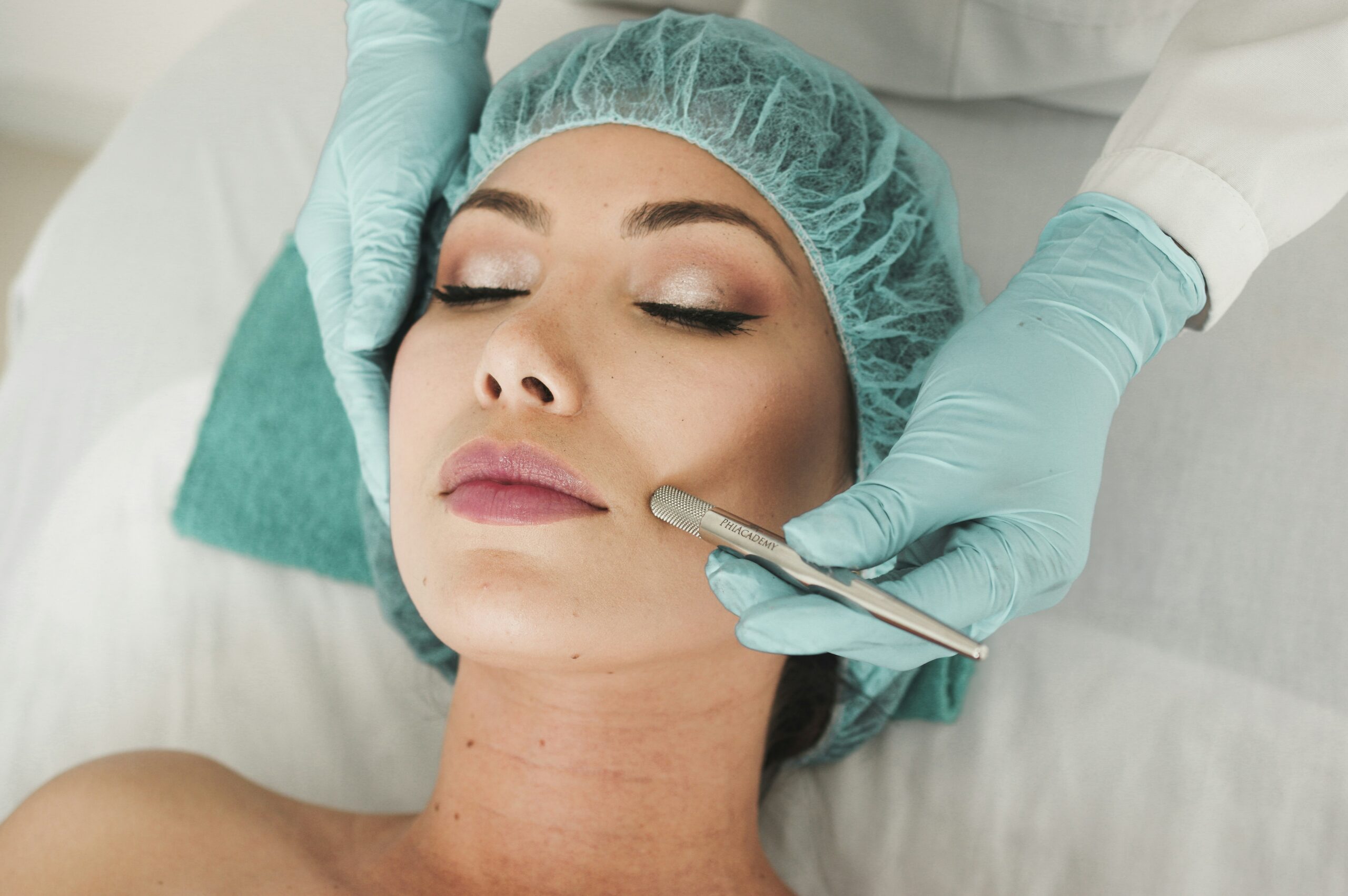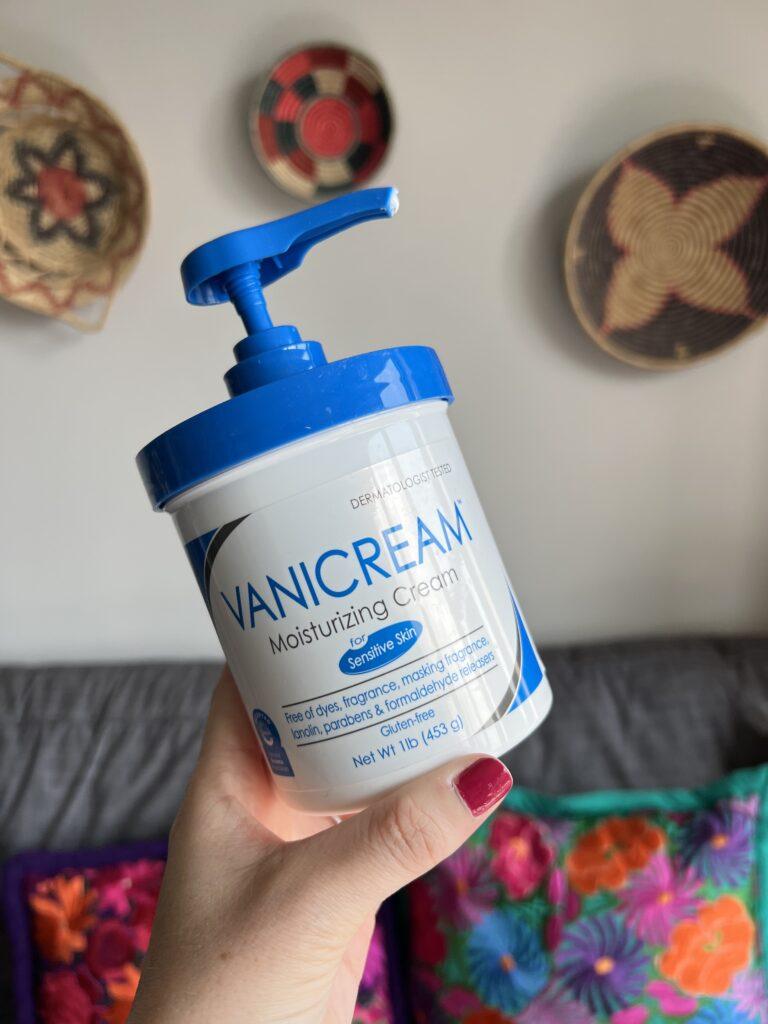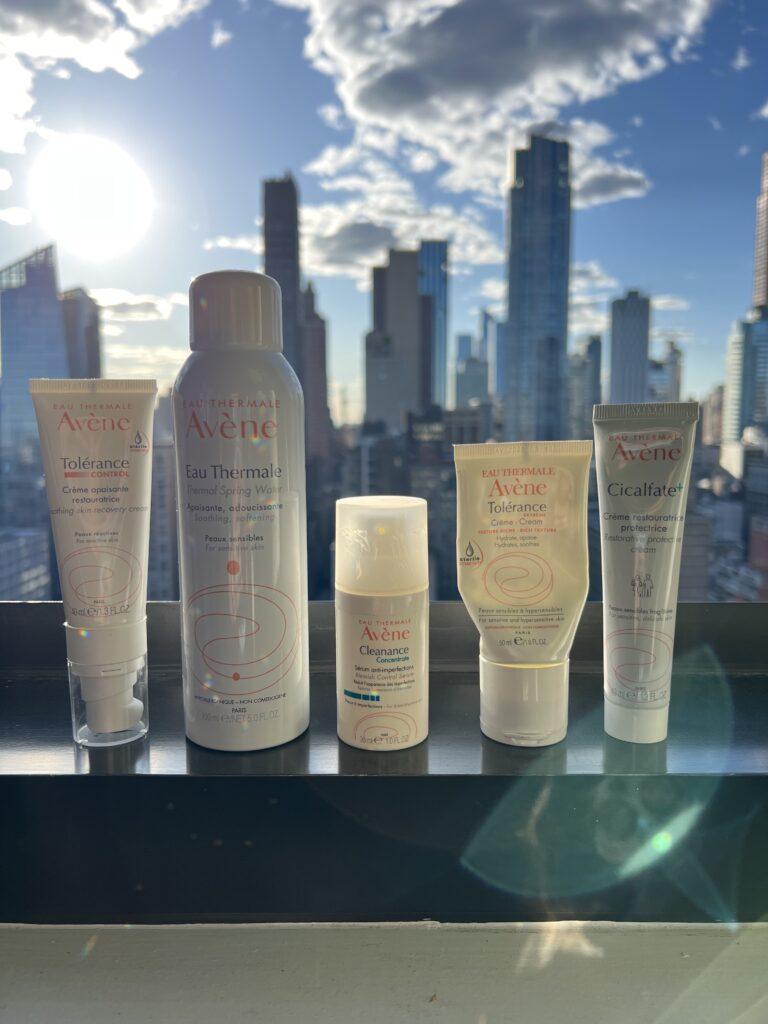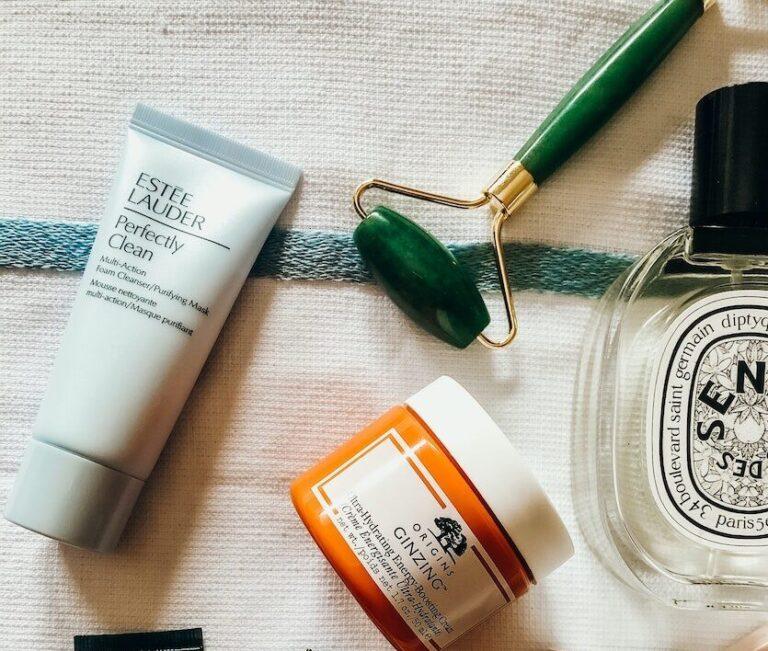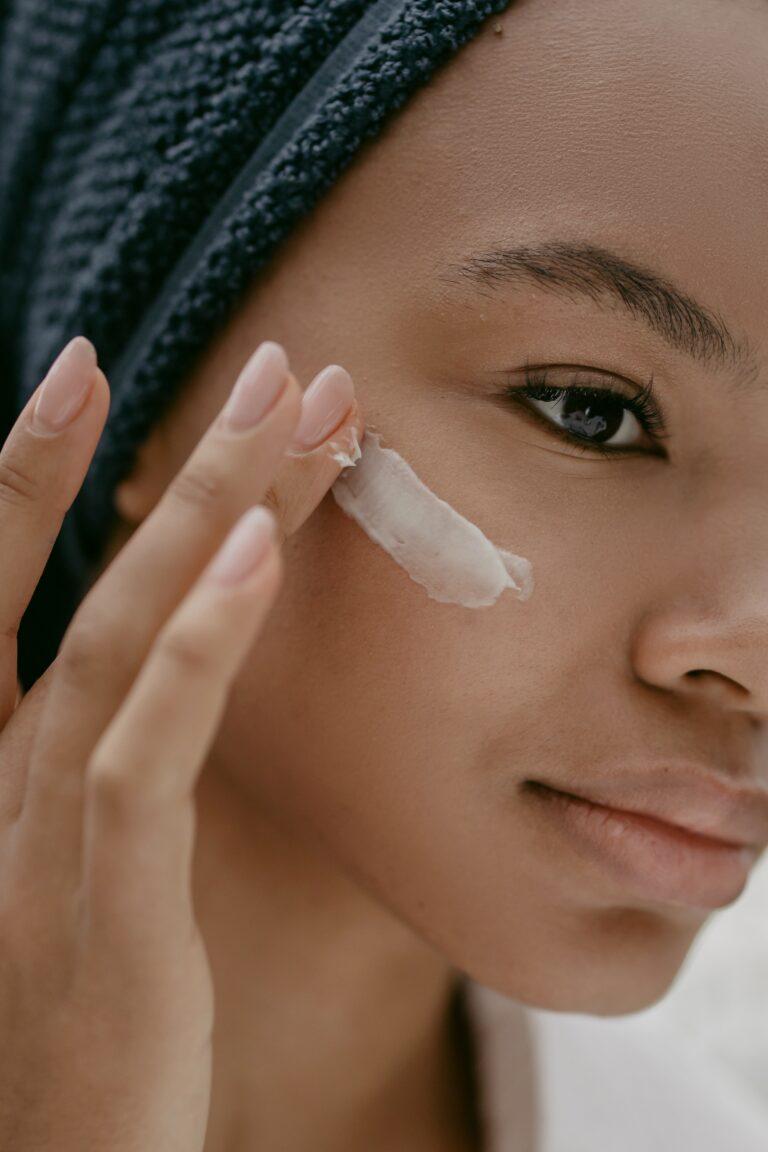Is Microdermabrasion Good for Acne?
First things first: Acne is completely normal and there’s nothing “wrong” with your skin if you experience it. That said, some folks feel more confident without flare-ups or the scars they leave. If that’s you, you’re likely aware that there are plenty of treatments for acne and acne scars—like microdermabrasion.
You might also know that hyaluronic acid is good for acne because it hydrates the skin and keeps it from getting too oily. And, lastly, you’ve presumably wondered whether or not exfoliating helps with acne. (Short answer: If you don’t over do it.) While those are more straight-forward answers, the situation is a bit more nuanced when it comes to microdermabrasion as an acne treatment.
Below, we get into what microdermabrasion is, how it works, and whether or not it’s good for acne.
Is Microdermabrasion Good for Acne?
Microdermabrasion is one of the most talked-about treatments for acne. However, there’s one crucial caveat: This treatment isn’t great for active acne, but it works wonders for acne scars and helps smooth out your skin’s texture.
We say this because understanding what it is — as well as what it can and can’t do — can help you set realistic expectations for post-treatment results. Keep reading to get all the info you need to decide whether a microdermabrasion treatment is for you.
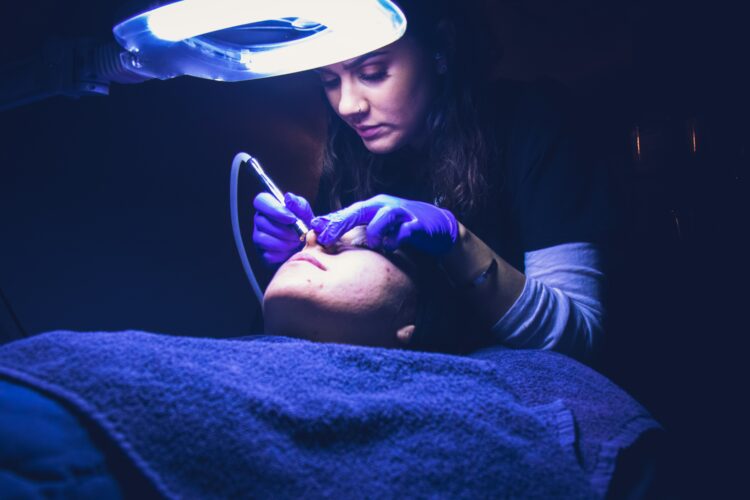
What Is Microdermabrasion?
According to the American Society of Plastic Surgeons, microdermabrasion uses “a minimally abrasive instrument to gently sand your skin.” This “sanding” serves as a sort of exfoliation. During the skin rejuvenation treatment, a trained professional will cover the entire area of your face with this tool/instrument to reveal dewy and glowy skin.
Most typically, microdermabrasion is used to treat wrinkles, fine lines, age spots, and mild acne. It also helps heal acne scars, enlarged pores, and uneven skin tone. You can even turn to microdermabrasion if you have skin conditions like melasma, hyperpigmentation, and rosacea.
Between the initial consultation, prep, cleansing, and the actual procedure, you can expect to be at your dermatologist’s office (or esthetician’s!) for at least 30 minutes and up to an hour. It’s roughly the same amount of time you’d be there for facials or chemical peels.
How Does Microdermabrasion Work?
There are two primary instruments used during this treatment. Think of the first as a diamond-tipped wand that has a circle at the end. It’s usually in at-home microdermabrasion kits, since it’s easier to use.
The second is a bulbous, cylindrical vacuum that shoots razor-thin crystals to remove the thicker, top layer of skin. This helps to treat acne and acne scars by removing dead skin cells. This process can also help release collagen, which helps fight aging, and elastin, which provides the elasticity for the skin to bounce back.
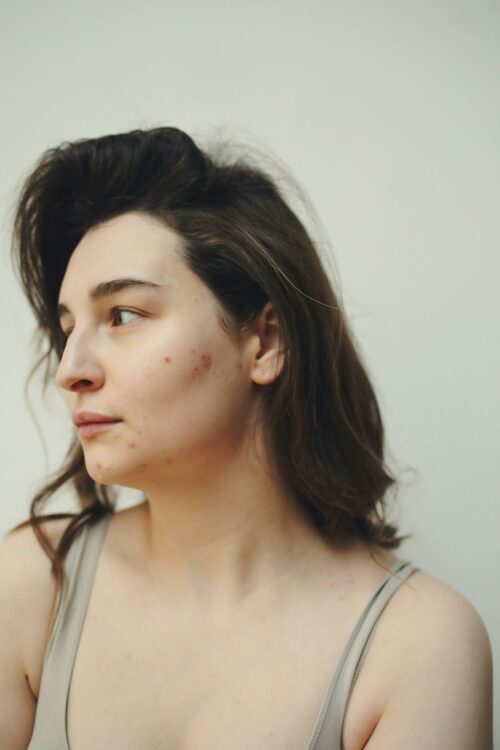
Does Microdermabrasion Help Acne?
Again, our stance is that you shouldn’t get a microdermabrasion treatment if you have an active acne flare-up. If you do, you might find that your pimples burst — which can make acne scars worse down the line. By its very definition, microdermabrasion slightly damages your skin in order to encourage it to repair itself. So, no, microdermabrasion won’t help acne.
But it will help acne scars, particularly those that are referred to as “ice pick scars,” which appear sunken or pitted — almost like there’s a piece of skin missing. Because microdermabrasion promotes the regeneration of skin cells, it works to heal ice pick scars. One thing we want to note here is that this process may be a bit painful for folks with sensitive skin.
Is Microdermabrasion Worth It?
In a word, yes — microdermabrasion is worth it. There are, of course, benefits and risks involved. We’ve covered the former at length, but it’s also key to talk about the latter. For instance, many folks have reported that their skin is raw and tender following microdermabrasion. Moreover, people have also noticed that their skin swells up a bit because of the sharp crystals.
You also have to dedicate 30 minutes to an hour at least once a month to see lasting results from the treatment. Plus, you have to be extra cautious when spending time in the sun since your skin will be more sensitive to damage from UV rays.
All that said, getting microdermabrasion is worth it if you’re trying to diminish the appearance of acne scars or signs of aging. It can also provide you with the glow you’ve been looking for. Now that you know the good, the bad, and the ugly about microdermabrasion, consider yourself empowered to make the right decision for you and your skin.


